Products Lineup
News / Blog
Other Menus
Product lineup:others
-
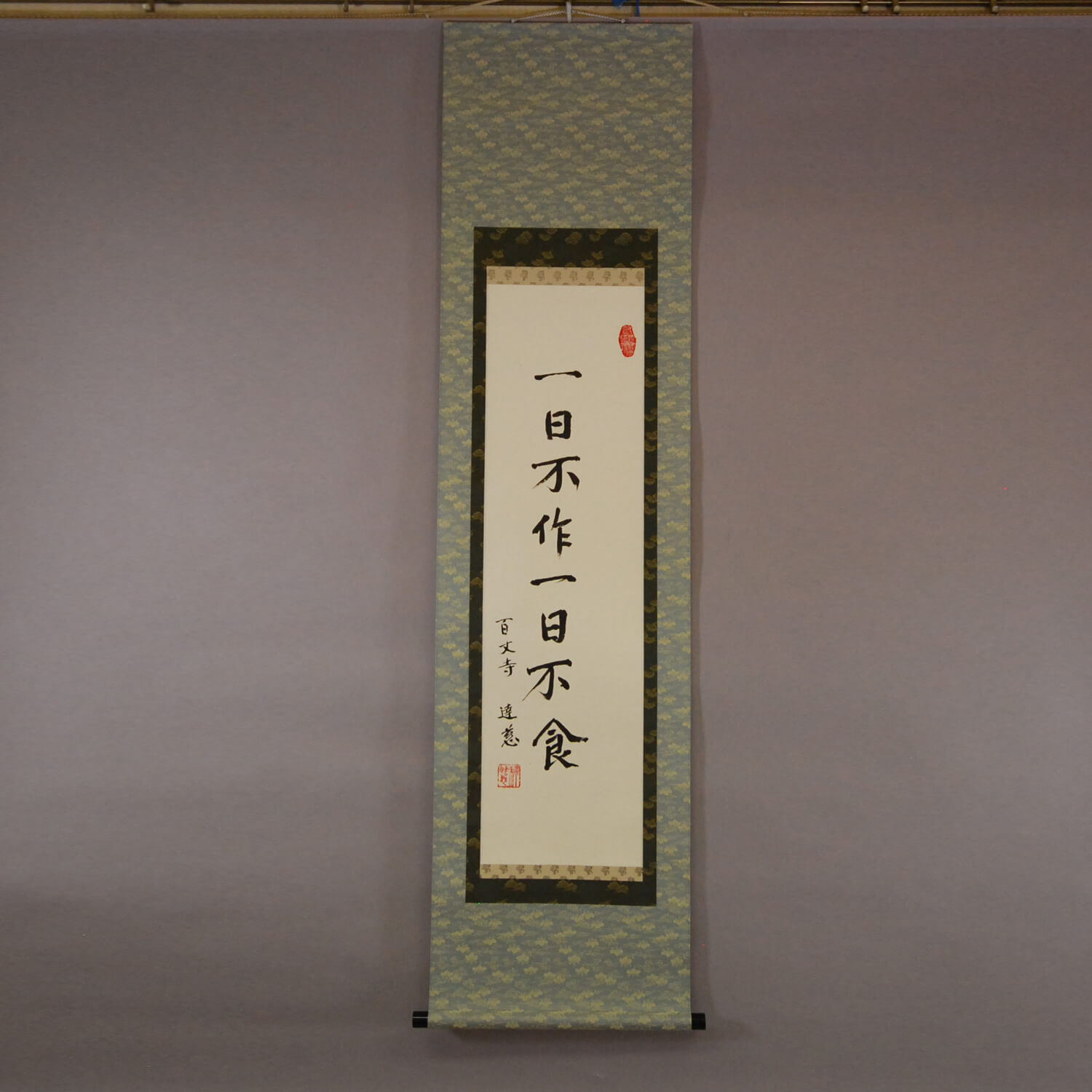 Product ID-0171
Kakejiku Hanging Scroll: Calligraphy: Ichinichi Nasazareba Ichinichi Kuwazu / Tatsuji Shaku
If You don’t Work, You Should not Eat
Product ID-0171
Kakejiku Hanging Scroll: Calligraphy: Ichinichi Nasazareba Ichinichi Kuwazu / Tatsuji Shaku
If You don’t Work, You Should not Eat
-
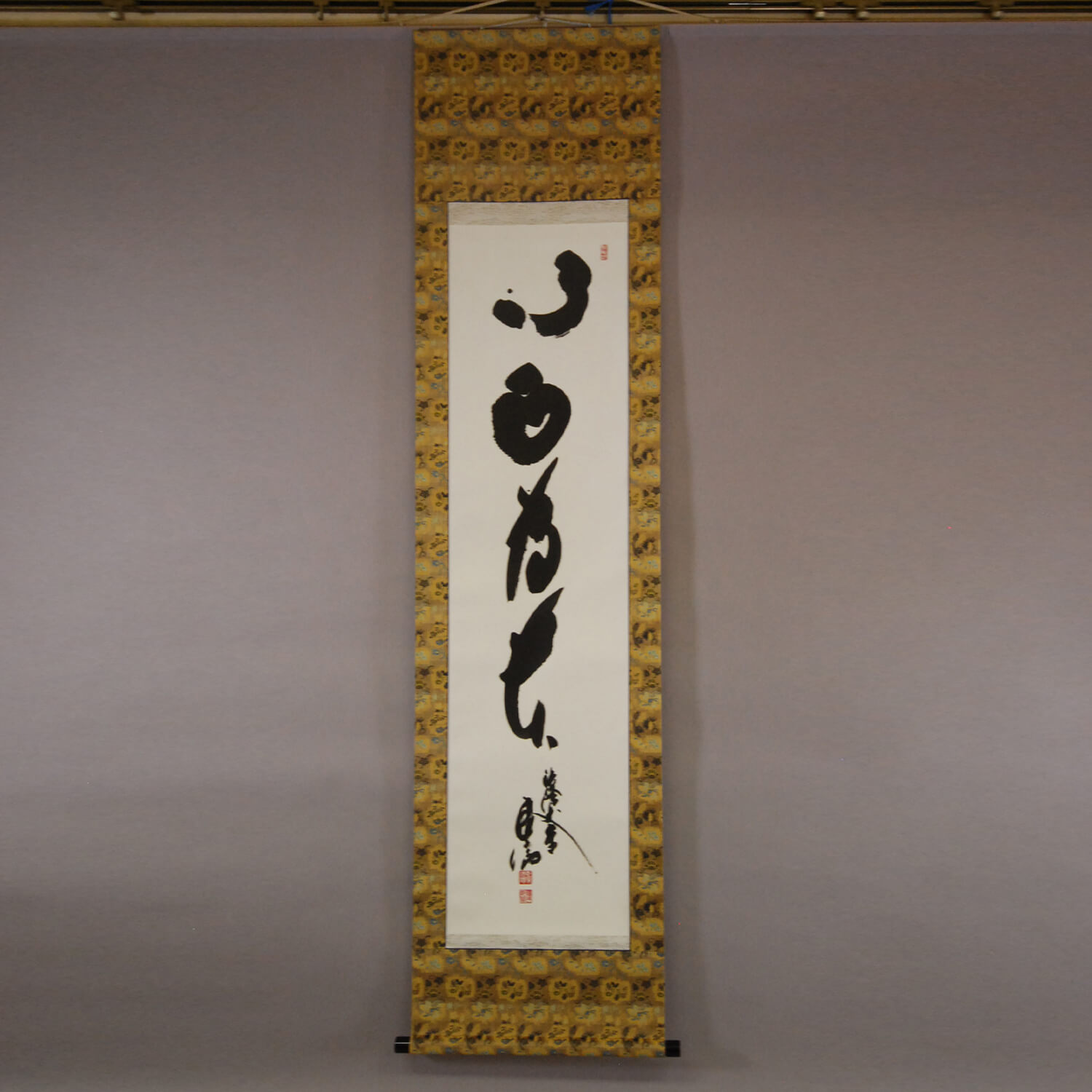 Product ID-0172
Kakejiku Hanging Scroll: Calligraphy: Wa-wo-motte Tōtoshi-to-nasu / Takada Ryōshin
Harmony Is the Greatest of Virtues
Product ID-0172
Kakejiku Hanging Scroll: Calligraphy: Wa-wo-motte Tōtoshi-to-nasu / Takada Ryōshin
Harmony Is the Greatest of Virtues
-
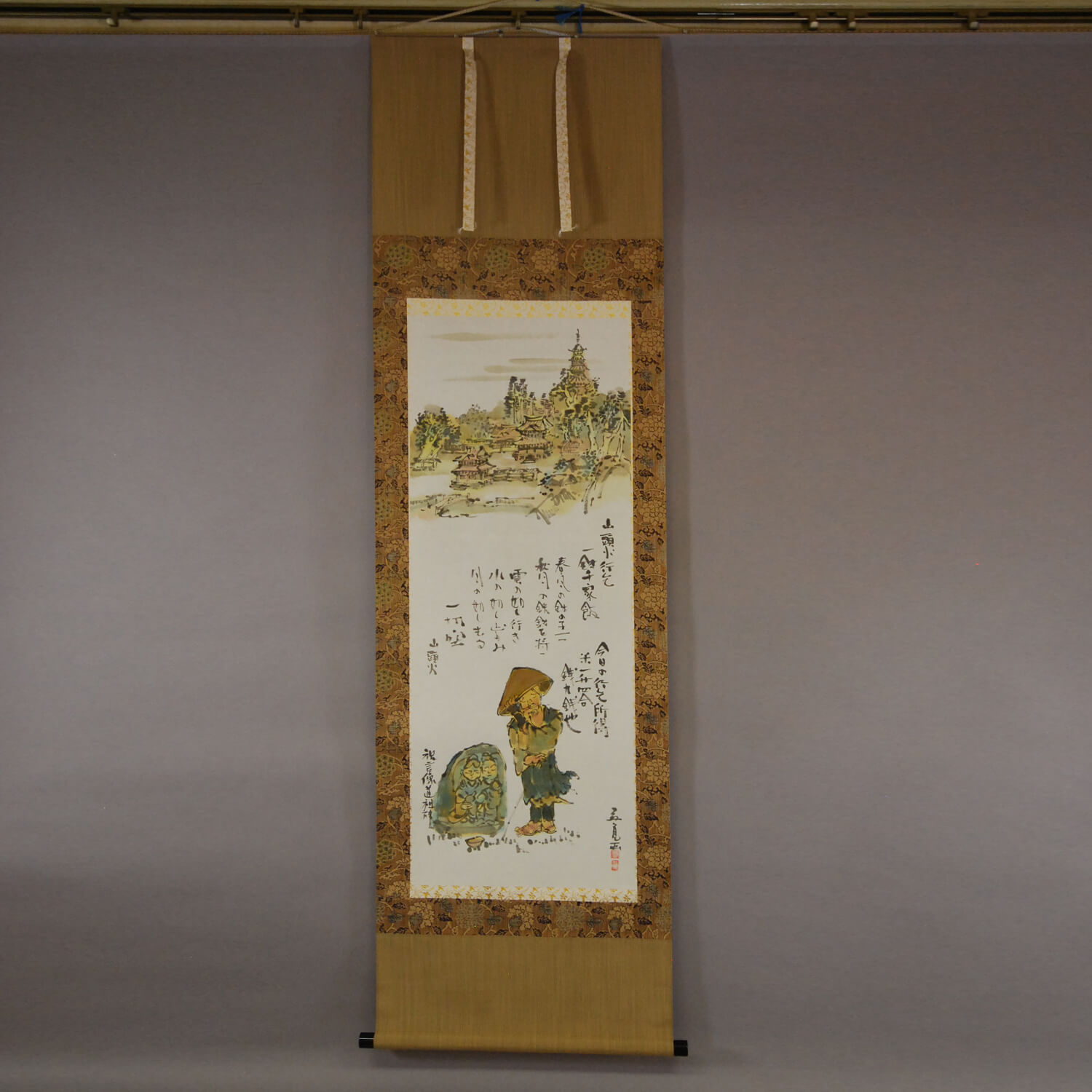 Product ID-0173
Kakejiku Hanging Scroll: Santouka Taneda / Yasuo Tadami
Santouka-no-zu
Product ID-0173
Kakejiku Hanging Scroll: Santouka Taneda / Yasuo Tadami
Santouka-no-zu
-
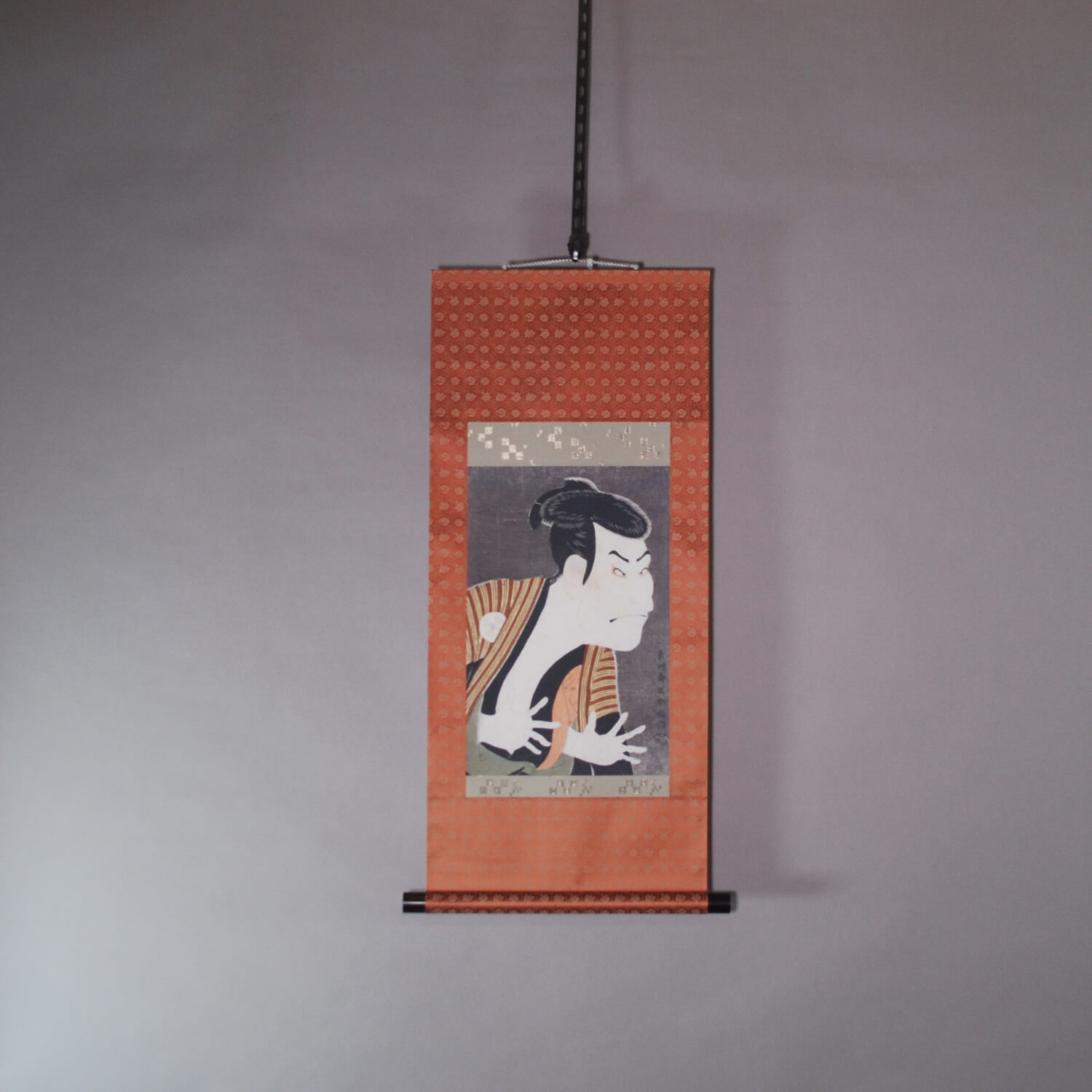 Product ID-0175
Kakejiku Hanging Scroll: Oniji Ootani III (aka. Nakazou Nakamura II) as Edobee / Sharaku Toushuusai
Product ID-0175
Kakejiku Hanging Scroll: Oniji Ootani III (aka. Nakazou Nakamura II) as Edobee / Sharaku Toushuusai
-
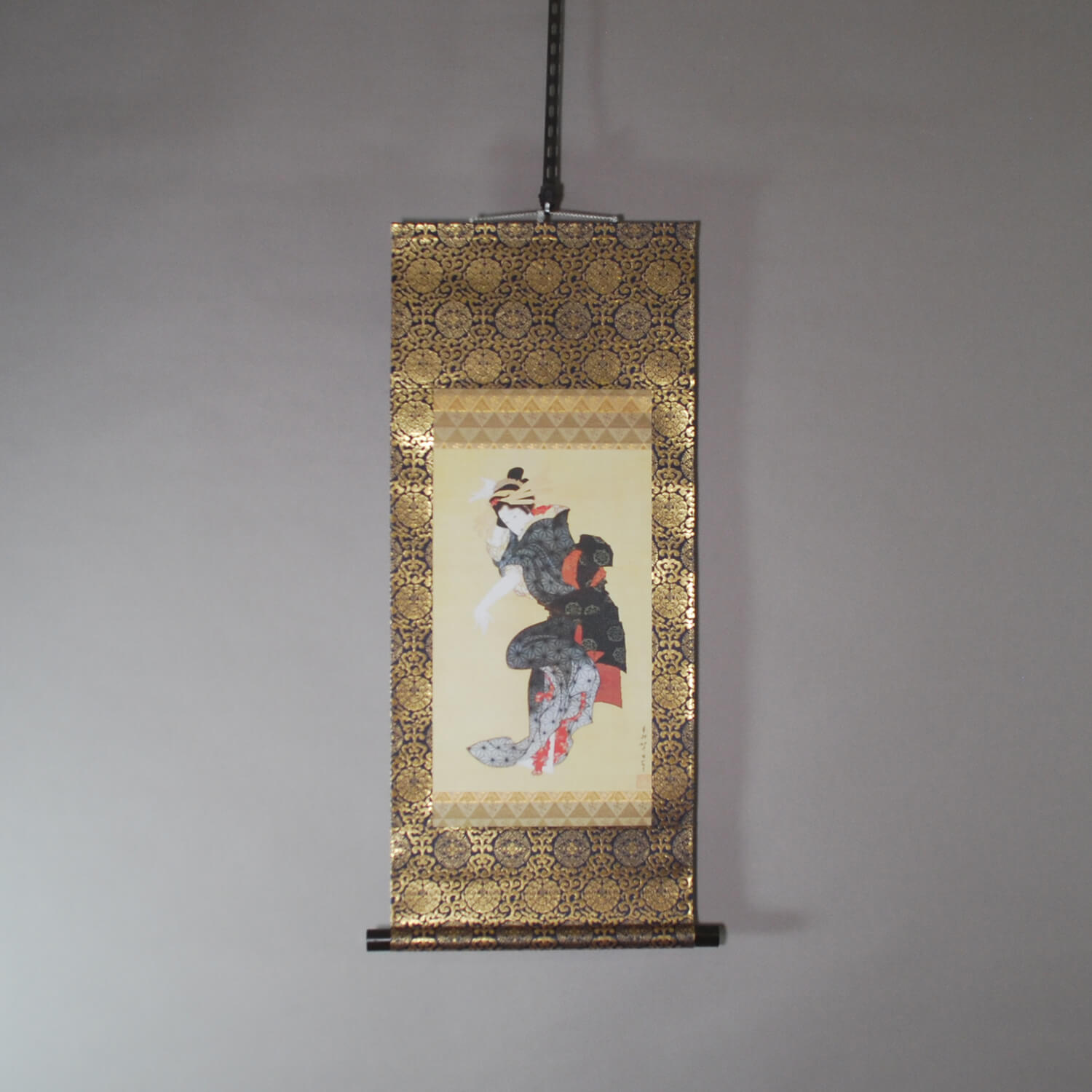 Product ID-0176
Kakejiku Hanging Scroll: A Dancing Woman / Hokusai Katsushika
Teodori-zu
Product ID-0176
Kakejiku Hanging Scroll: A Dancing Woman / Hokusai Katsushika
Teodori-zu
-
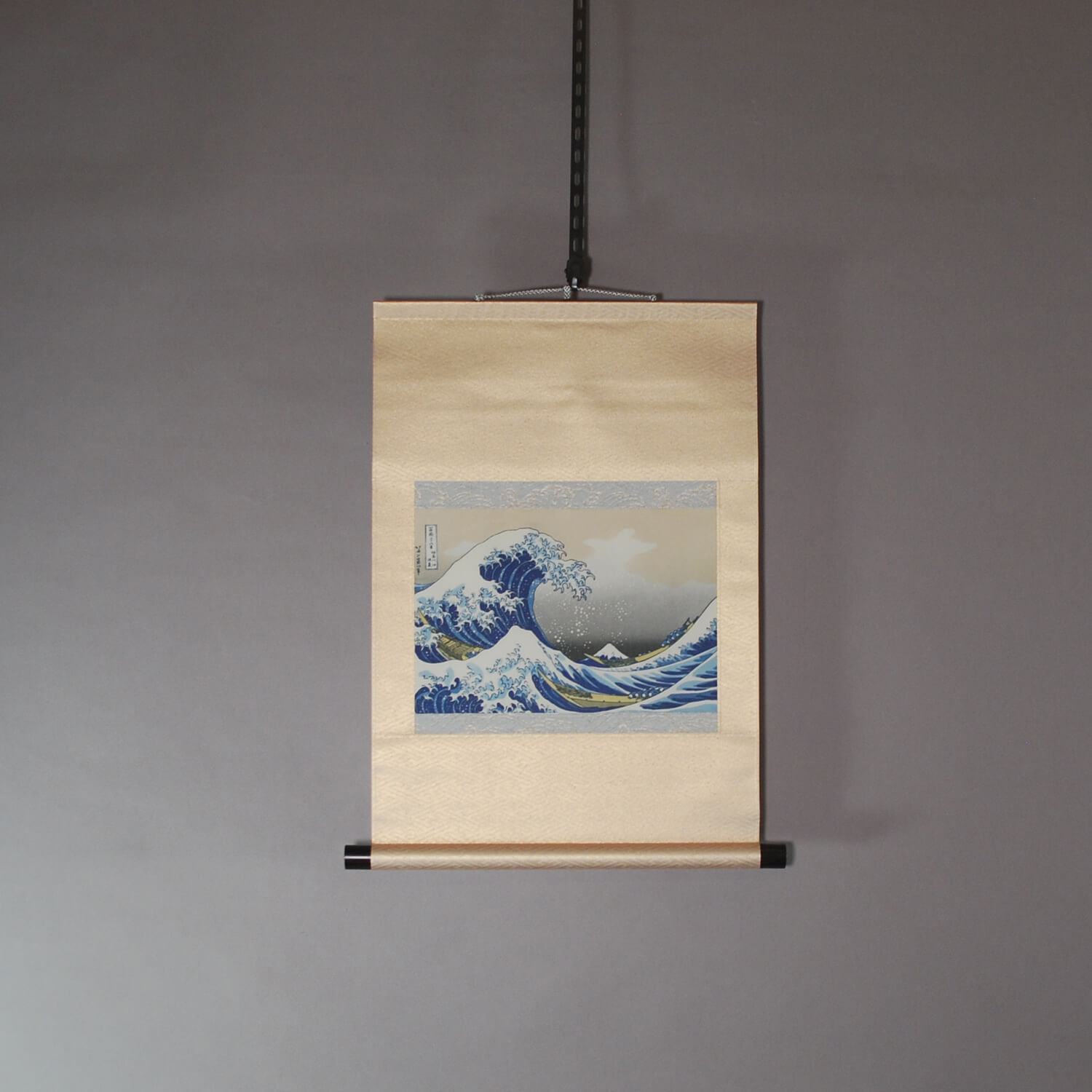 Product ID-0178
Kakejiku Hanging Scroll: The Great Wave off Kanagawa / Hokusai Katsushika
Kanagawa Okinamiura
Product ID-0178
Kakejiku Hanging Scroll: The Great Wave off Kanagawa / Hokusai Katsushika
Kanagawa Okinamiura
-
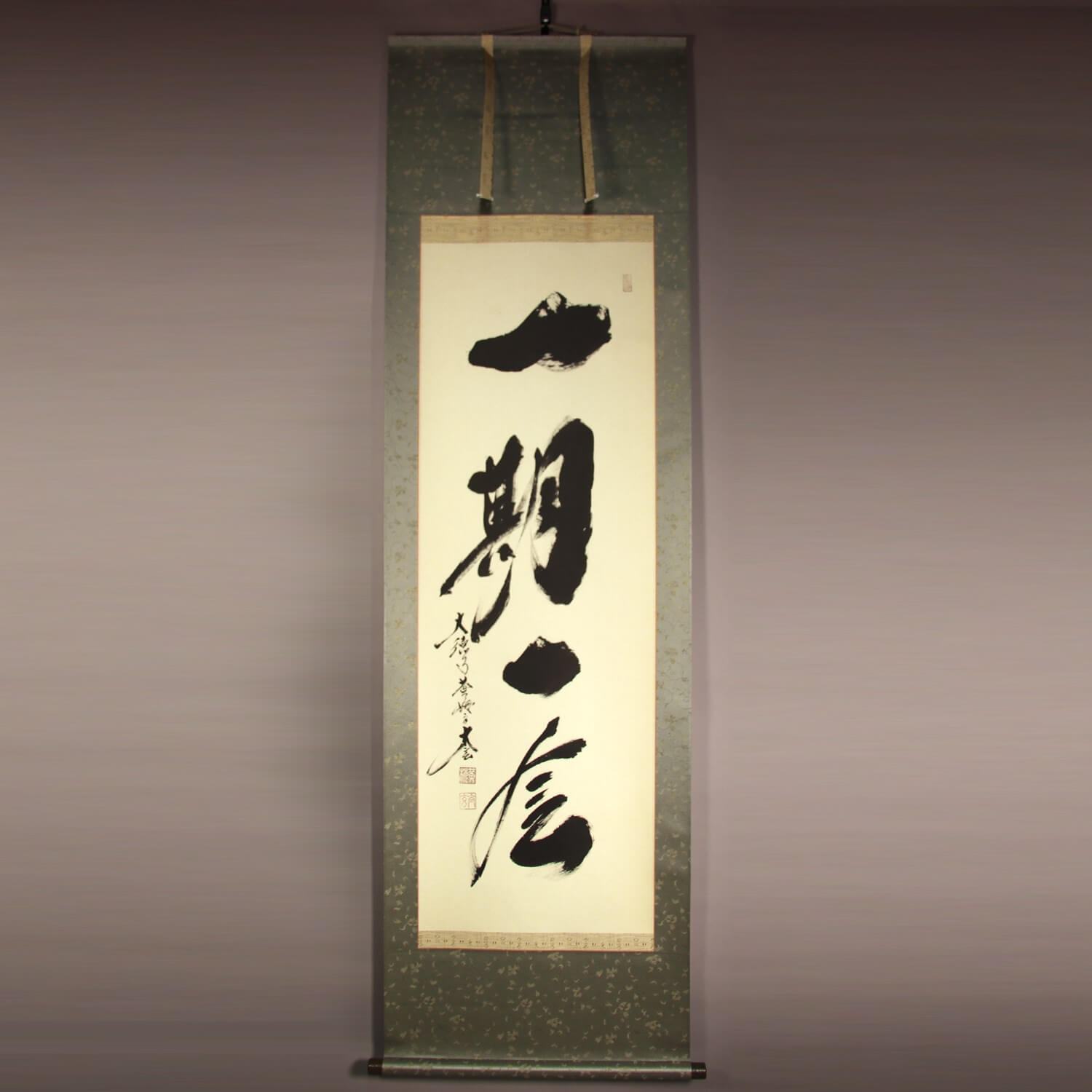 Product ID-0184
Kakejiku Hanging Scroll: Calligraphy: Ichi-go Ichi-e / Kobayashi Taigen
One Chance in a Life Time
Product ID-0184
Kakejiku Hanging Scroll: Calligraphy: Ichi-go Ichi-e / Kobayashi Taigen
One Chance in a Life Time
-
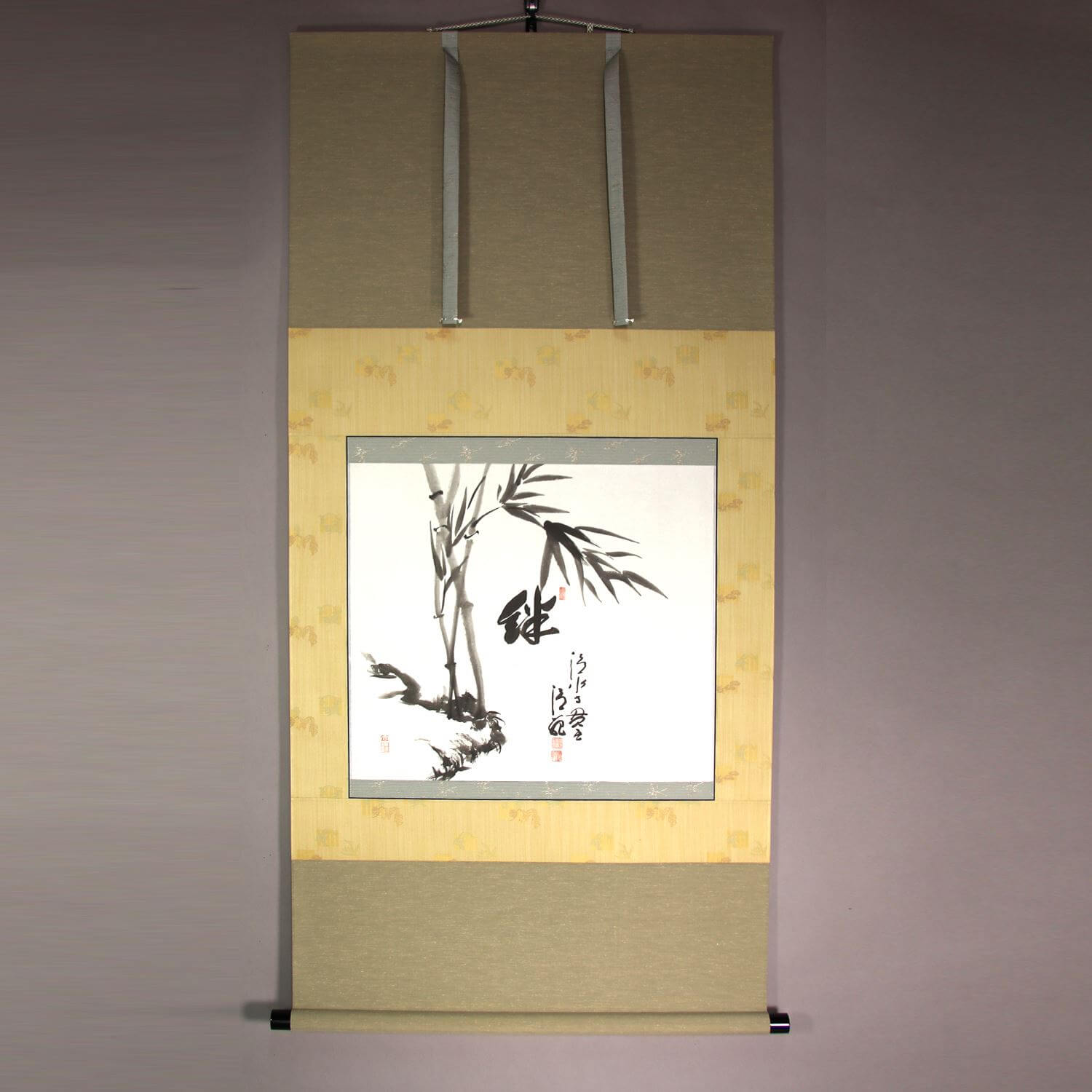 Product ID-0185
Kakejiku Hanging Scroll: Bamboo: Ties / Seihan Mori
Take: Kizuna
Product ID-0185
Kakejiku Hanging Scroll: Bamboo: Ties / Seihan Mori
Take: Kizuna
-
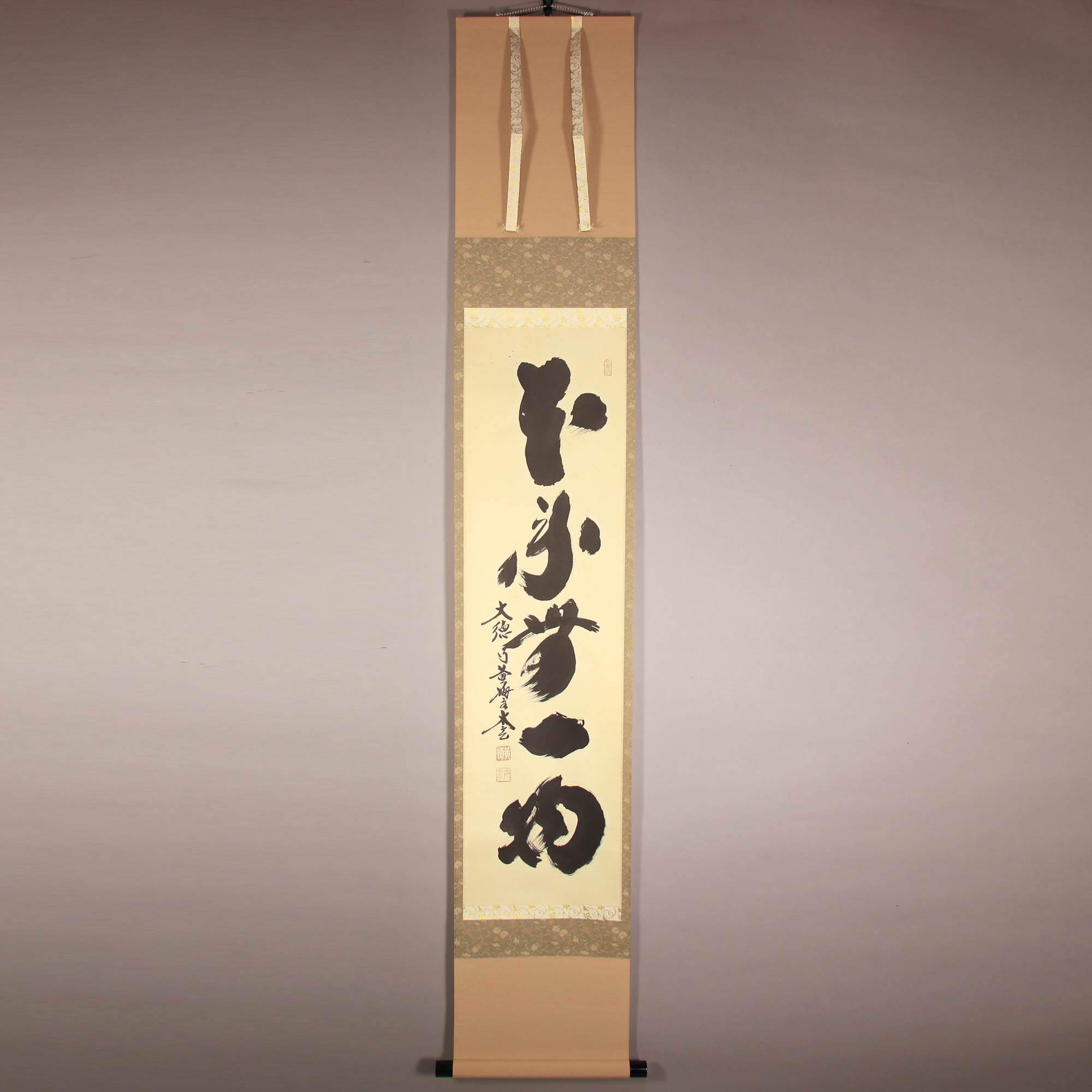 Product ID-0189
Kakejiku Hanging Scroll: Calligraphy: Honrai Muichimotsu / Kobayashi Taigen
All Things Are Essentially Nothingness
Product ID-0189
Kakejiku Hanging Scroll: Calligraphy: Honrai Muichimotsu / Kobayashi Taigen
All Things Are Essentially Nothingness
-
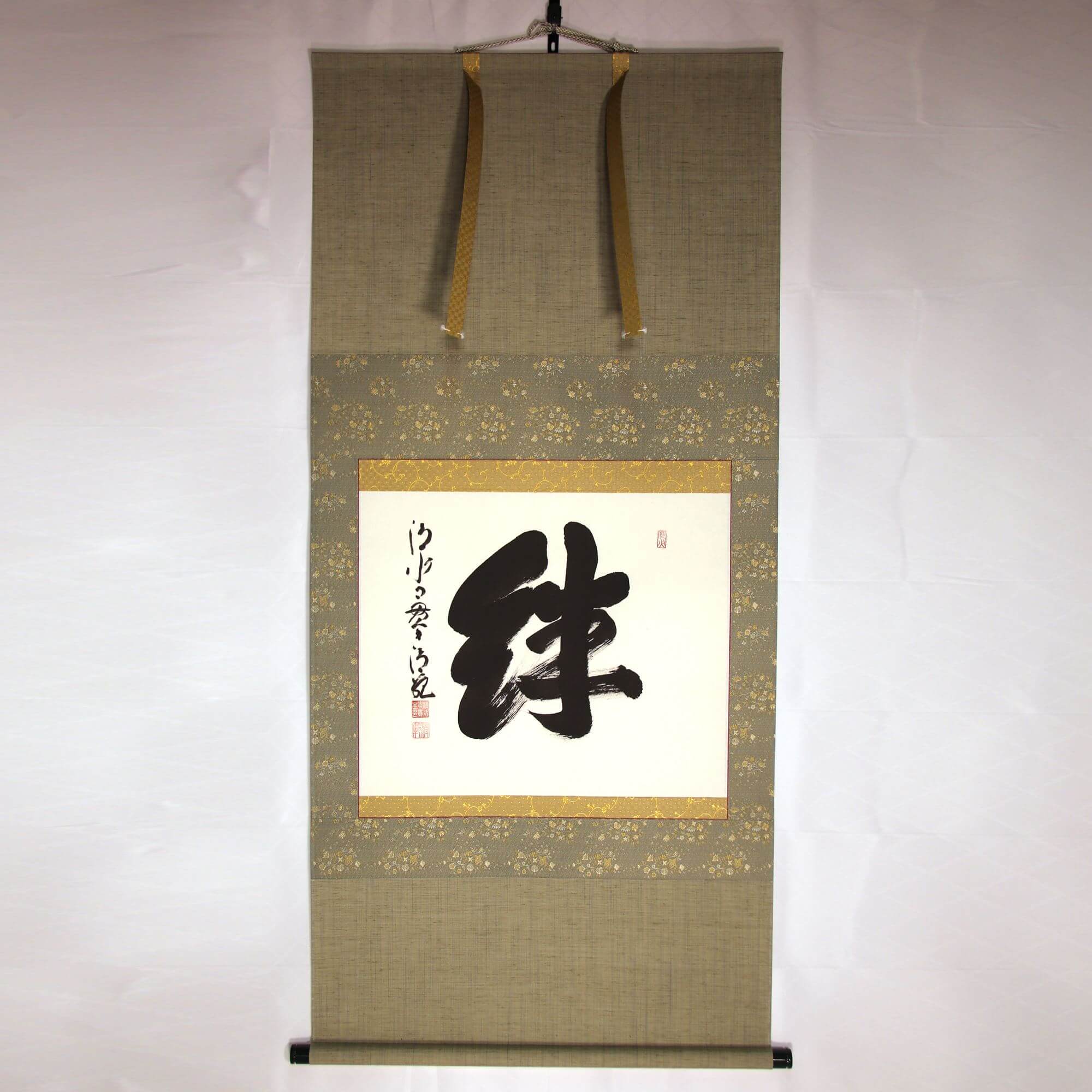 Product ID-0194
Kakejiku Hanging Scroll: Calligraphy: Kizuna / Mori Seihan
Ties, Bonds
Product ID-0194
Kakejiku Hanging Scroll: Calligraphy: Kizuna / Mori Seihan
Ties, Bonds
-
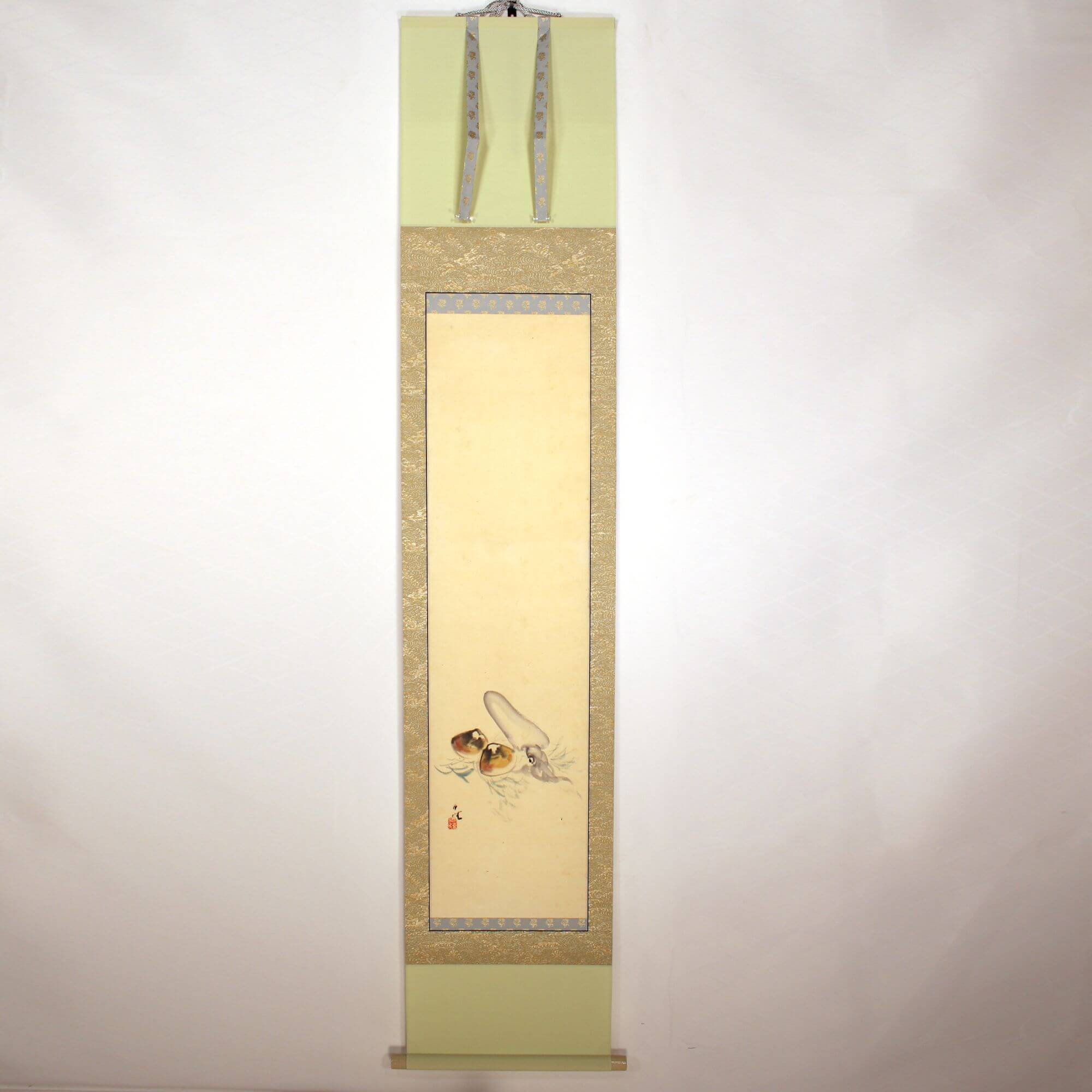 Product ID-0211
Kakejiku Hanging Scroll: Squid and Clam / Getsujō Mori
Ika to Hamaguri
Product ID-0211
Kakejiku Hanging Scroll: Squid and Clam / Getsujō Mori
Ika to Hamaguri
-
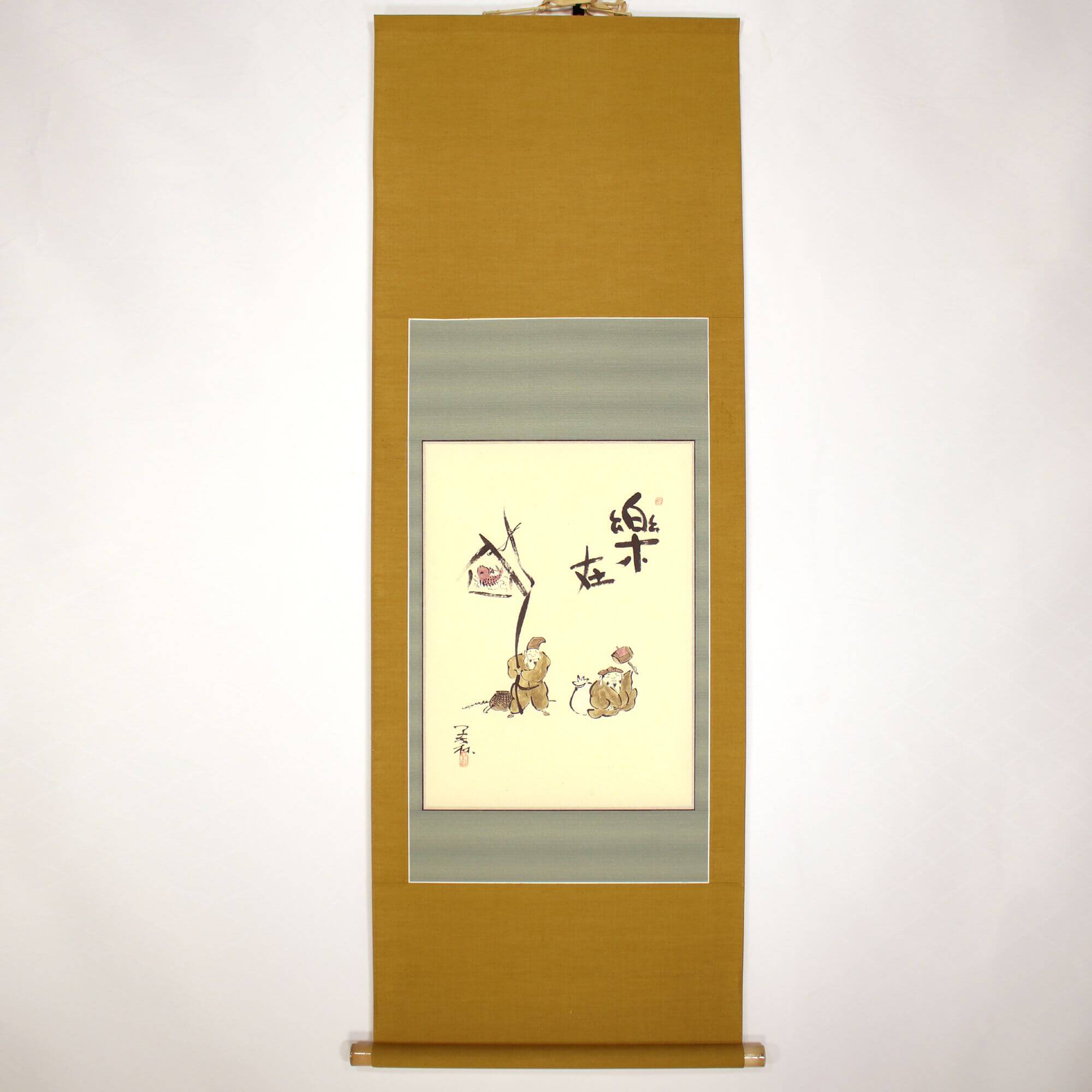 Product ID-0212
Kakejiku Hanging Scroll: Ebis-ten God and Daikoku-ten God / Shisairin Bakotsu
Koushin-zu
Product ID-0212
Kakejiku Hanging Scroll: Ebis-ten God and Daikoku-ten God / Shisairin Bakotsu
Koushin-zu
Contact Us
Please fill out the form below and submit for your inquiry.
Your privacy is important to us. We are committed to protecting your privacy.
(or press ESC or click the overlay)
CEO Message
(or press ESC or click the overlay)Our Feelings For Kakejiku
Company Profile
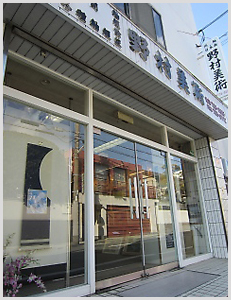
Name Art Nomura
President Tatsuji Nomura
Founded1973
Established1992
Address7-23 Babadori, Tarumi-ku, Kobe city,
Hyougo Prefecture, 655-0021, Japan
Capital10 million yen
URLhttp://nomurakakejiku.com
Our Business
Art Nomura is an art dealer which produces kakejiku (hanging scrolls). We mount many paintings and calligraphic works in kakejiku in my factory. Kakejiku are our main product. We also remount and repair old or damaged kakejiku. We share the traditional Japanese art of kakejiku with people all over the world.
(or press ESC or click the overlay)
Access Map
(or press ESC or click the overlay)Access Map
